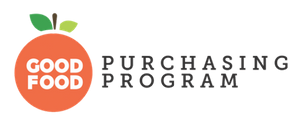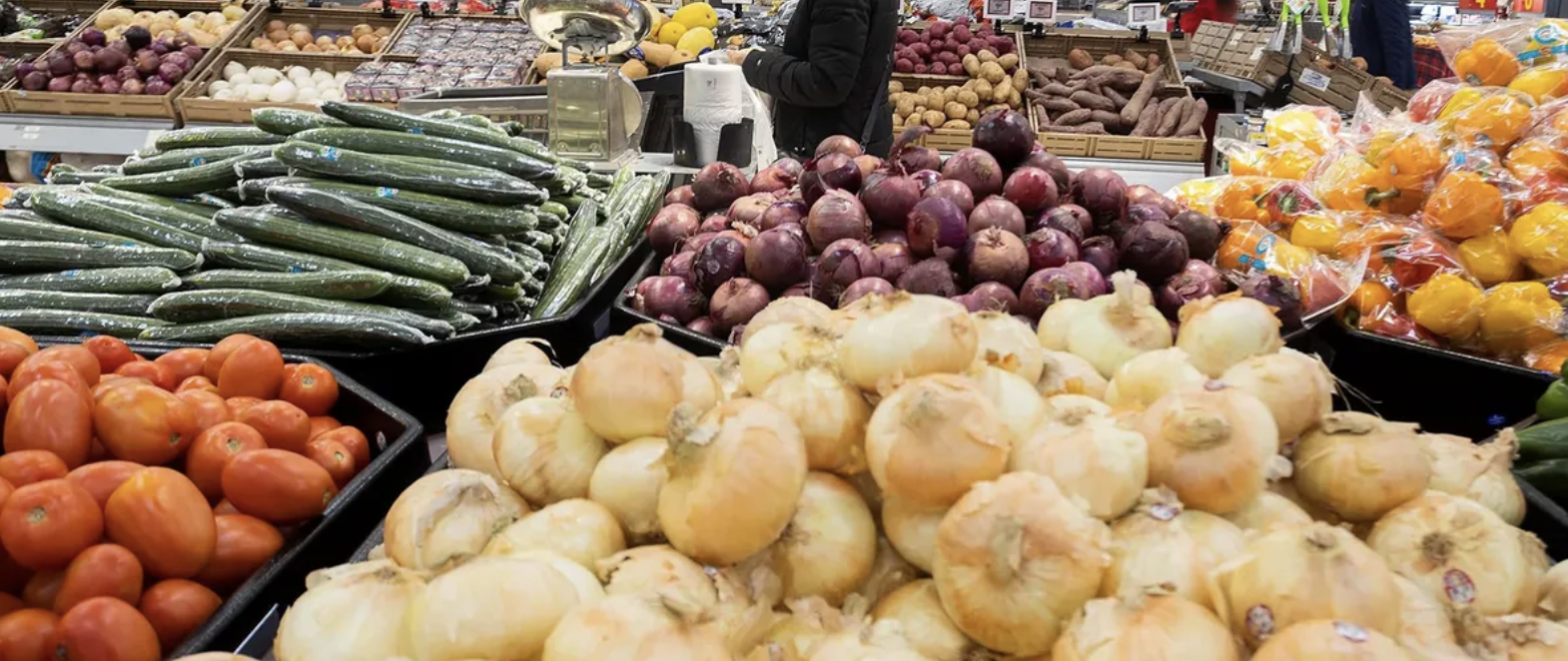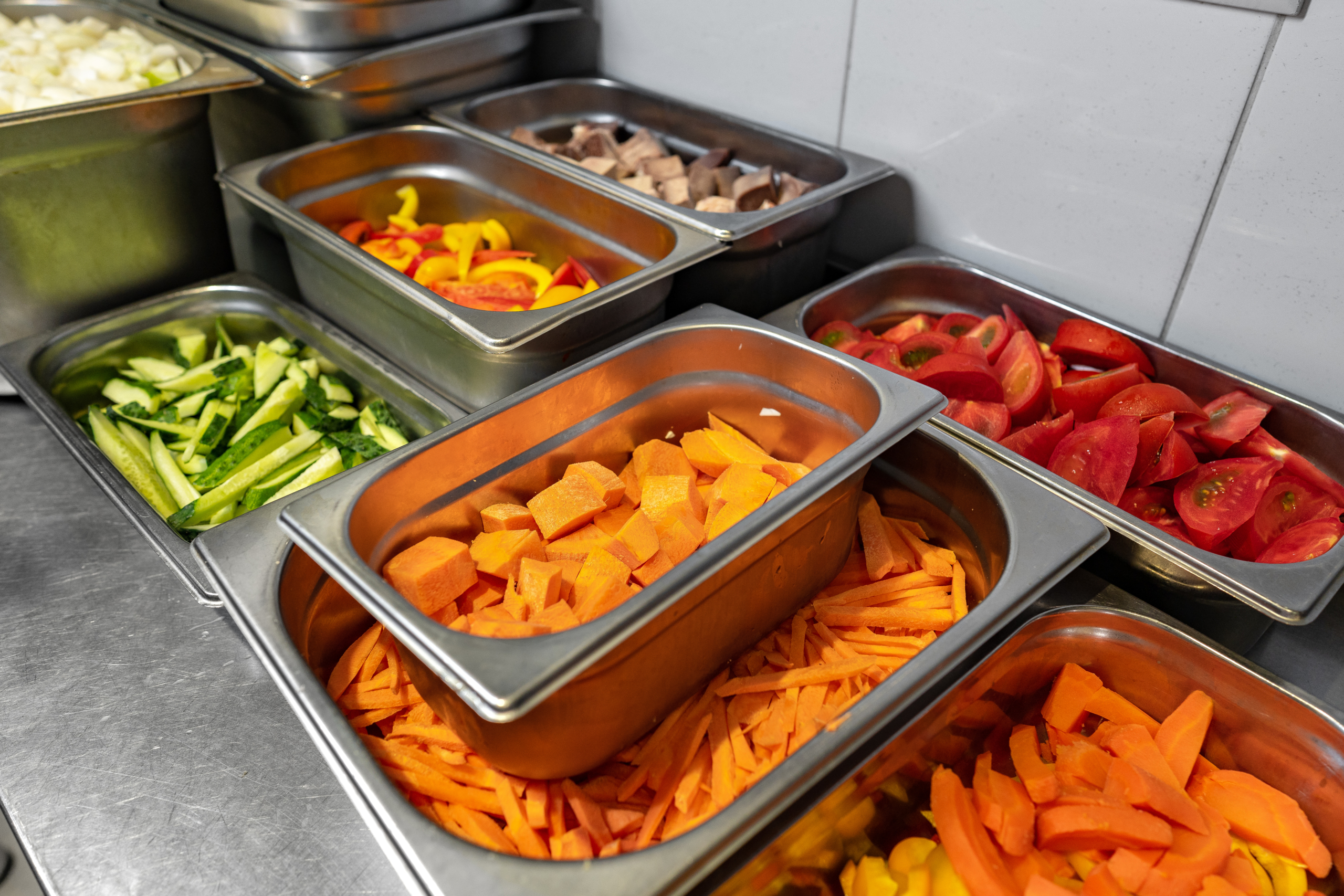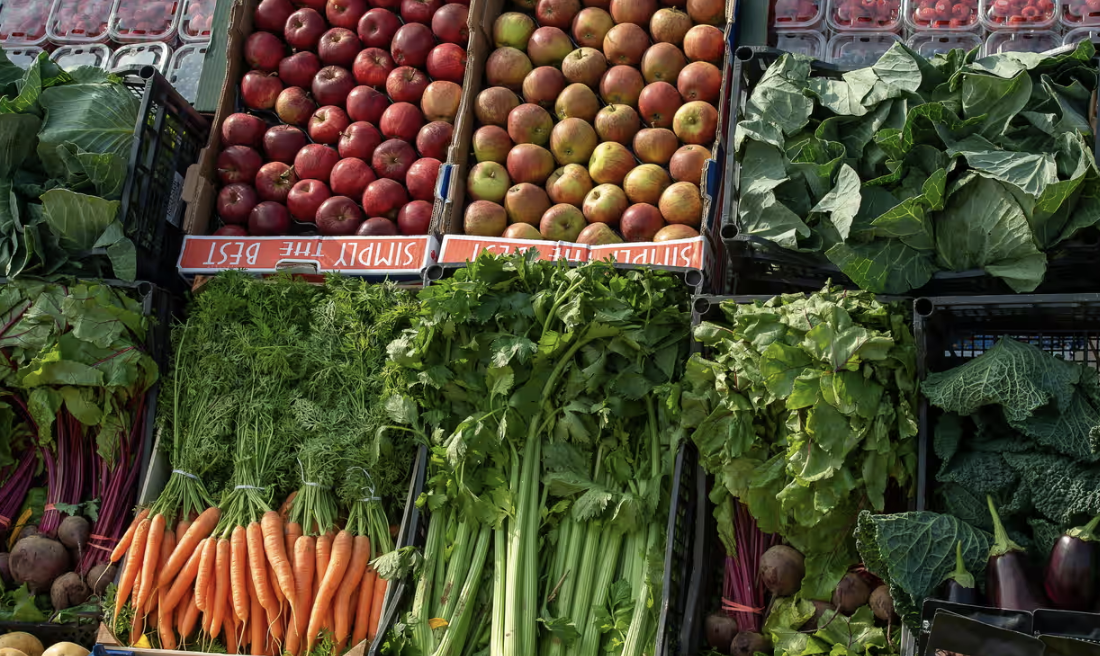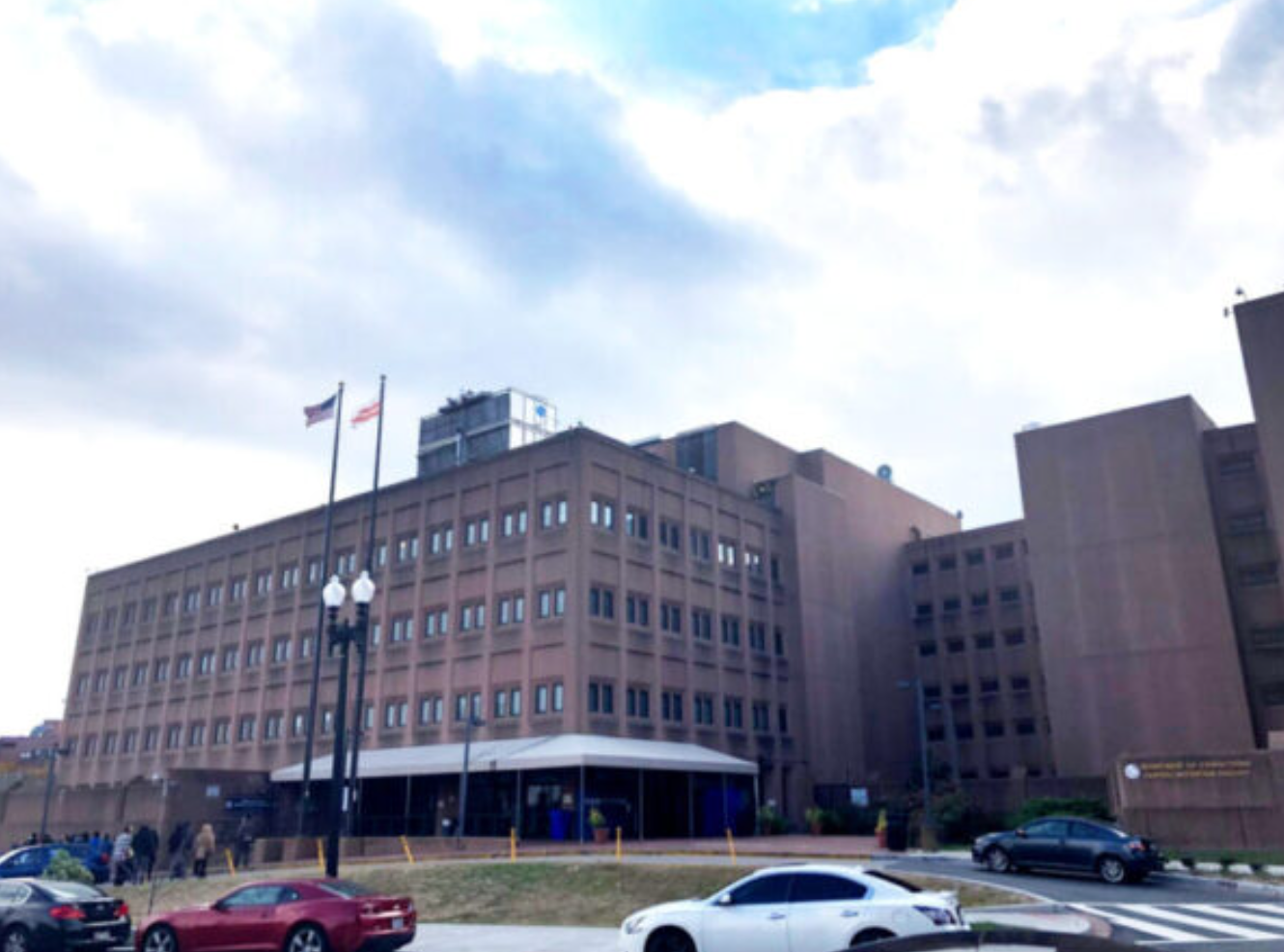School districts around the nation are handing out meals to students and adults alike.
When the novel coronavirus pandemic led school districts across the country to close in March, questions grew about whether the food-insecure children who depend on school meals to survive would still have access to them. New York City Mayor Bill de Blasio, for example, initially resisted closing schools in the wake of the COVID-19 outbreak, citing the fact that so many students rely on school breakfast and lunch for sustenance.
With this concern in mind, last month the COVID-19 Child Nutrition Response Act took effect, which establishes a nationwide waiver to help school districts provide students with nutritious meals while limiting their exposure to the novel coronavirus. (The USDA this week also unveiled a “Find Meals for Kids” online map application, which includes schools and other meal-distribution sites.) Although classes may only be in session online these days, districts have continued feeding students, albeit in smaller numbers than they do when schools are open. And, in some cases, they’re feeding the community at large.
The Los Angeles Unified School District (LAUSD)—with 700,000 students, the nation’s second largest—has served roughly 5 million meals to children and adults alike at 63 grab-and-go food centers set up since it closed schools March 16. New York City Public Schools, the largest district in the U.S., has 400 grab-and-go sites, and news broke April 3 that it had expanded its free meals to include all New Yorkers, students or adults.
LAUSD Superintendent Austin Beutner announced during a recent press conference that his district is serving more meals daily than any of the nation’s food banks; it handed out more than 432,000 meals on March 31 alone. The district is also providing meals to 13 temporary homeless shelters in Los Angeles.
As the coronavirus crisis has led to an unprecedented 10 million Americans filing unemployment claims in the second half of March and predictions that the jobless rate could top 32 percent, families struggle to afford food, rent, and other necessities. But with help from community partners and charitable organizations, school districts are surfacing as a lifeline for needy students—as well as the scores of adults suddenly left unemployed or underemployed.
“Many of the families we serve are just struggling to make ends meet,” Beutner told Civil Eats. “They’re the dishwasher, the bus driver, the hourly worker, who, unfortunately in this calamity, are the first to be laid off. We decided that we were going to serve all of those who came and needed help, no questions asked.”
With help from the Red Cross, World Central Kitchen (WCK), Snap, Inc., and the Teamsters union, LAUSD operates its citywide grab-and-go food centers from 7 a.m. to 11 a.m. weekdays (and 8 a.m. to 11 a.m. during its spring break, which began April 6). Patrons receive two meals apiece and are not required to prove they attend LAUSD or have children who do in order to obtain food. Dole Packaged Foods has donated fruit bowls and “fridge packs” to the effort, while Chiquita has donated 44,000 fresh bananas. Toy company Mattel and the charity Baby2Baby have also donated toys, art supplies, blankets, diapers, baby wipes, and baby food at these sites.
On average, two-thirds of the people receiving meals from in LAUSD are students, and one-third are adults, according to Beutner.
“We know that these aren’t normal times, so we’re serving all in need,” he said. “The federal government said that we couldn’t do it, but we said we’re going to do it. We have to figure it out because there’s already adults who are in need, and we know we’re a safety net.”
Feeding the Neediest Students and Their Families
Eighty percent of LAUSD students come from low-income households, and the district’s philanthropic partners enable it to serve meals to children and adults alike as schools remain closed during the coronavirus outbreak. On March 19, the superintendent announced the creation of the “LA Students Most in Need” fundraising effort, which pays for meals, snacks, supplies, and technology access for vulnerable youth in the district.
Meanwhile, the rideshare company Uber is giving families who need rides to LAUSD’s grab-and-go centers discounted fares to the sites, where workers wear gloves, have access to masks, and maintain the recommended six feet distance between each other and the people they serve to avoid spreading the coronavirus.
Thousands of LAUSD’s 75,000 employees are volunteering their time to serve meals at the grab-and-go centers. Among them is Luis Anaya, a special education assistant, and a parent of two LAUSD students, who has shown up daily during the pandemic to pass out breakfast and lunch outside Abraham Lincoln High School in L.A.’s Lincoln Heights neighborhood.
“I’ve seen a lot of people who are in desperate need,” he said. “Every day, the numbers have been increasing by the hundreds. We’re getting in regulars—morning workers and elderly adults who don’t speak much English. We’re serving everyone.”
Anaya applauds what he calls a tremendous effort to keep students and community members fed during the pandemic. He and his wife continue to receive salaries, a fact that makes them fortunate when so many Americans have found themselves jobless, he said.
“A lot of these families don’t have that luxury of a two-income household,” he said. “So, I think [the grab-and-go centers] are a great thing. I grew up in one of those families, with a single parent trying to the best she could to feed her kids, so I feel for those families.”
School food provider Revolution Foods has teamed up with WCK, a not-for-profit nongovernmental organization that offers meals following natural disasters and other crises, to distribute federally reimbursable grab-and-go lunches to students in cities including Los Angeles, New York, and Washington, D.C.
“We have been working around the clock to design and distribute over 2 million healthy meals a week,” said Kristin Groos Richmond, Revolution’s founder and CEO. “We’re designing meals for the at-risk students whose only reliable meals for the day come from school.”
Richmond noted that the company is emphasizing culturally relevant meals in its work, but is also balancing the need for shelf-stable foods for housing-insecure families that lack access to refrigerators, ovens, or microwaves. Revolution Foods is also including strawberries, carrots, salad, and other produce in its individually packaged meals.
While LAUSD has a robust and collaborative effort in place to serve the community during the COVID-19 crisis, Jennifer Gaddis, author of The Labor of Lunch: Why We Need Real Food and Real Jobs in American Public Schools, acknowledged that other districts may find themselves in different circumstances.
“LAUSD is a leader in the school food world, from being the first district to pass the good food purchasing [program] to rapidly scaling their grab-and-go meal service after schools shut down due to COVID-19,” she told Civil Eats. “However, district policy and logistics vary a lot from place to place, both in terms of how and whether free meals are still being served.”
How Smaller School Districts are Feeding Students
With more than 101,000 students, Jefferson County Public Schools (JCPS), headquartered in Louisville, Kentucky, is significantly smaller than LAUSD, but still among the nation’s largest. The staff there has also tried to ensure that needy students don’t go hungry during the pandemic. It offers grab-and-go meals at 45 sites and also has eight mobile grab-and-go operations that make stops throughout the day. Like LAUSD, it does not question the individuals who show up to collect curbside meals, but Jefferson County’s program focuses on feeding needy children and not vulnerable adults.
About 60 percent of its students qualify for free or reduced lunches, according to Dan Ellnor, assistant director of JCPS’s nutrition services center. Since schools closed, however, the district has only been serving a fraction of the meals it normally does, up to 80,000 per week, he said, while the district served 100,000 meals per day before the pandemic. This means the district is only getting about 13 percent of the reimbursement it ordinarily receives from the federal government for serving lunch, which could leave the nutrition program cash-strapped, Ellnor said.
“What we ask is that the federal government gives us reimbursements based off last year’s numbers to keep operating,” he said.
That’s not the only obstacle the nutrition program faces. JCPS has a central kitchen that allows it to make school meals from scratch that are then distributed to schools districtwide.
“We basically run our own food factory,” Ellnor said. “But on March 13 [when schools closed], we ground to a halt and started doing boxed lunches with pre-packaged items.”
The lunches contain items such as sandwiches, yogurt, string cheese, sunflower seeds, cheese cubes, and prepackaged fruits and vegetables, including carrots, mandarin oranges, strawberry cups, and peach cups. The breakfast meals include milk, and a variety of grains and breakfast bars.
Transitioning from made-from-scratch meals to prepackaged goods has also been an adjustment for Bertrand Weber, director of Minneapolis Public Schools’ (MPS) Culinary and Wellness Services.
“We can’t cook, so we’re getting grab-and-go bags of carrots, fruit, and sandwiches,” he said. “We still want to maintain the quality of the food, but all of our initiatives around scratch cooking and plant-based protein are on hold right now. It’s really emergency meals for families—families who three weeks ago would have never thought they would need emergency meals.”
MPS is partnering with the local child-hunger nonprofit The Sheridan Story to provide grocery bags filled with pantry goods like pasta, tomato sauce, rice, beans, and canned meat to help food-insecure families during the pandemic. But the school district also faces challenges. It is operating with a skeleton crew, with only 25 percent of its 330-member school nutrition staff working regularly, Weber said, as many fear they will contract the coronavirus if they leave their homes.
“K-12 cafeteria workers are some of the lowest-paid and most vulnerable school staff,” Gaddis said. “These workers are putting their own health at risk to feed and care for the nation’s children. We need to make sure that all schools have the financial resources they need to adequately compensate workers and protect their safety during this crisis.”
About 50 advocacy groups, including Pesticide Action Network, Roots of Change, and the Center for Food Safety, wrote a letter April 6 to Speaker of the House Nancy Pelosi and House Republican Leader Kevin McCarthy to ask for more protections for farm and food workers, such as school food service workers. The letter requested more personal protective equipment and an expansion of paid leave for these workers, among other measures.
With its central kitchen closed and fewer students showing up to grab lunch, a full staff likely isn’t needed at MPS now (and Weber said that those workers who are staying home during the pandemic are still being compensated). The district normally serves 50,000 meals per day, but it has only been handing out 10 percent of that number since Minneapolis schools closed in mid-March. Yet, the district has taken measures to get food to students.
It is operating grab-and-go centers at 50 different sites across the city, allowing families to pick up a full week’s worth of meals at a time. The district has a smaller portion of students who qualify for free or reduced lunch than LAUSD or JCPS does; just under 40 percent of 10 MPS youth fall into this category. The shift from scratch meals to prepackaged lunch and fewer numbers of children picking up school lunch will have long-lasting consequences, Weber predicts.
“The food and beverage supply chain has been completely disrupted,” he said. “We have some produce companies that are shutting down; they don’t have customers.”
On the other hand, producers of staple goods, such as milk, have seen sales soar during the pandemic. Chicago-based market research firm IRI and partner Boston Consulting Group found that U.S. dairy purchases rose by 57.8 percent during mid-March compared to the same period a year earlier. Still, school and restaurant closures have led to a lower demand for milk overall, prompting some dairy farmers to dump their supply, lest it spoil. But panic buying of milk might be one reason Jessica Shelly, director of student dining services at Cincinnati Public Schools (CPS), has been told to expect the price of milk to increase.
Price gouging and a lower federal reimbursement for serving school lunch—Shelly says that CPS is serving just 7 percent of the meals of when school is in session—could cause some financial strain to her department. Yet, CPS is striving to get food to the students who need it most by serving meals at 24 different sites citywide. The district is also working with community partners, including the local food rescue organization La Soupe and the Freestore Foodbank, to provide meals to families rather than students only. The district has received school supplies, such as pencils, paper, crayons, and activity books, to pass out to children as well.
“We have groups who have donated toiletries, soap, and shampoo,” Shelly said. “We have become the one-stop shop” for more than nutrition.
As time passes, more families are dropping by to pick up food, and if the need increases, the district’s community partners will “step in and fill the gaps,” Shelly said. “If we a see a rise in need, they could help us and establish a feeding site close by. I don’t care where these kids get food. I just want them to have some place to go.”
Just as the public has come to respect grocery store and fast food employees as essential workers during the pandemic, Shelly said that school nutrition staffers are getting thanks for their efforts to feed the community during the coronavirus crisis.
“School nutrition programs have been elevated,” she said. “The title of lunch lady is going to be replaced with school nutrition hero. Not all heroes wear capes; some wear aprons.”
